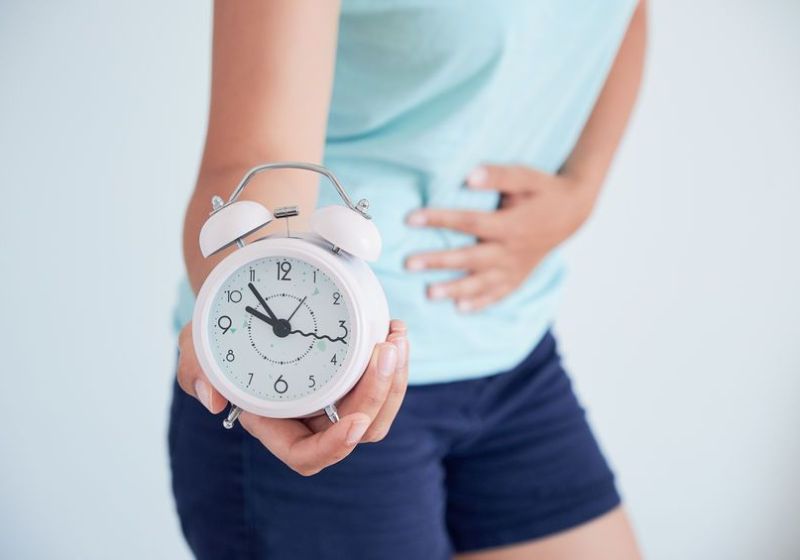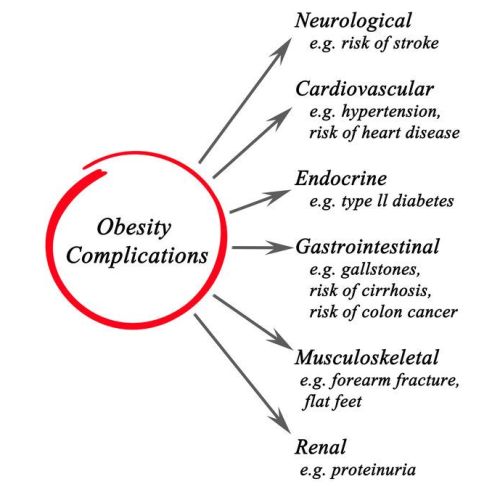Gallstones
What are Gallstones?
Gallstones are hardened digestive fluid deposits that may form in your gallbladder. Your gallbladder on the right side of your abdomen is a small, pear-shaped organ just below your liver. The gallbladder contains a digestive fluid called bile, which is released into the small intestine.
Gallstones range in size from a grain of sand to the size of a golf ball. Some people only develop one gallstone, while others simultaneously develop many gallstones.
People with gallstone symptoms usually require surgery to remove the gallbladder. Gallstones that do not typically cause signs or symptoms do not require treatment.

What are the symptoms of gallstones?
There may be no signs or symptoms of gallstones. If a gallstone lodges in a duct and causes a blockage, the symptoms and signs may include:
- Sudden and rapidly intensifying pain in your abdomen’s upper right side
- Sudden and rapidly intensifying abdominal pain just below your breastbone
- Pain back between your shoulder blades
- Pain in your right shoulder
- Nausea or vomiting
Gallstone pain may last from a few minutes to several hours
You should see a doctor if you have signs of the following symptoms:
- Abdominal pain is so severe that you can not sit still or find a favorable position
- Yellowing of your skin and the whites of your eyes
- High fever with chills
Causes of gallstones.
- Your bile contains too much cholesterol. Your bile usually contains enough chemicals to dissolve your liver’s cholesterol excreted. But if your liver excretes more cholesterol than your bile can dissolve, it can form the excess cholesterol into crystals and eventually into stones.
- Your bile contains too much bilirubin. Bilirubin is a chemical that comes from breaking red blood cells in your body. Some conditions cause too much bilirubin production in your liver, including cirrhosis of the liver, infections of the biliary tract and certain blood disorders. The bilirubin excess contributes to the formation of gallstone.
- Your gallbladder doesn’t empty correctly. If your gallbladder is not emptying completely or often enough, bile can become highly concentrated, leading to gallstone formation.
What increases your chances of getting gallstones?
Factors that can increase your gallstone risk include:
- Being female
- Being age 40 or older
- Being overweight or obese
- Being sedentary
- Being pregnant
- Eating a high-fat diet
- Eating a high-cholesterol diet
- Eating a low-fiber diet
- Having diabetes
- Losing weight very quickly
- Taking medications that contain estrogen, such as oral contraceptives or hormone therapy drugs
- Having liver disease

Complications
Complications of gallstones may include:
- Inflammation of the gallbladder. A gallstone lodging in the gallbladder’s neck may cause gallbladder inflammation (cholecystitis). Severe pain and fever can result from cholecystitis.
- Blockage of the common bile duct. Gallstones can block the tubes through which bile flows into your small intestine from your gallbladder or liver. Yellowing of your skin and bile duct could be the result of gallstones.
- Blockage of the pancreatic duct. The pancreatic duct is a tube running from the pancreas to the common duct of the bile. Pancreatic juices flow through the pancreatic duct, which help in digestion.
A gallstone may cause pancreatic duct blockage, which may result in pancreatic inflammation (pancreatitis). Pancreatitis causes abdominal pain that is intense and constant and usually requires hospitalization. - Gallbladder cancer. People with gallstone history have an increased risk of cancer of the gallbladder. But cancer of the gallbladder is very rare, so although the risk of cancer is high, there is still very little likelihood of gallbladder cancer.
Prevention
You can lower your gallstone risk if you:
- Don’t skip meals. Try to keep every day to your usual mealtimes. Your risk of gallstones may increase by skipping meals or fasting.
- Lose weight slowly. If weight loss is necessary, go slow. Rapid loss of weight may increase gallstone risk. Aim at losing 1 or 2 pounds (approximately 0.5 to 1 kg) a week, if your are trying to lose weight.
- Maintain a healthy weight. The risk of gallstones is increased by obesity and overweight. Work to achieve a healthy weight by reducing the amount of calories you eat and increasing physical activity. Once you reach a healthy weight, work by continuing on your healthy diet and continue to exercise and maintain that weight.
Gallstones treatment
Unlike kidney stones, gallstones are a little harder to get rid of, which can be passed or broken up so your body can get rid of them more easily.
Treatment of gallstones involves removing the whole gallbladder, a cholecystectomy surgery. It’s actually one of America’s most common medical procedures.
Once your gallbladder has been removed and you’re all healed, life would probably to return to normal, except for a slight chance of softer, more regular bathroom visits due to bile flow changes.
